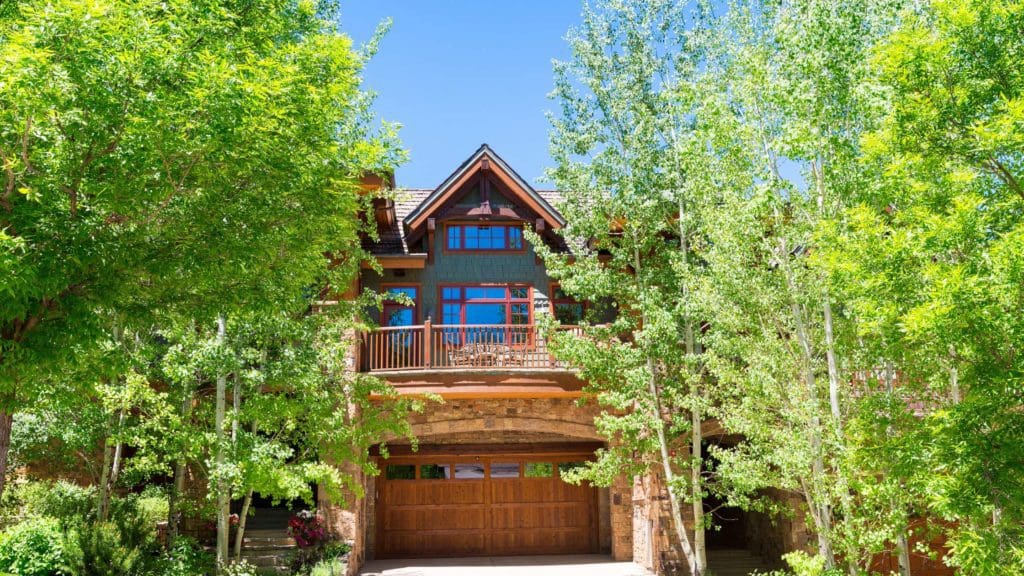Because trees can boost a home’s curb appeal as well as its resale value, they’re great additions to properties. One drawback is that most trees send their roots out in different directions, including above the soil surface, for greater access to moisture, nutrients, and oxygen. When tree roots come up to the soil surface, they can damage the landscape and different structures around homes, including foundations, driveways, walkways, plumbing systems, and sewer lines.
Because root-related damage is caused by the roots that invade and enlarge existing cracks in concrete, one way to prevent this type of damage is to keep your foundation and other structures in tip-top shape. Additionally, root intrusion doesn’t happen overnight. Damage due to invasive tree roots develops slowly, you have plenty of time to address any emerging problems you may observe before they turn into complex and costly repairs.
In addition to inspecting and maintaining your property on a regular basis, here are a few more things you can do in order to prevent root-related problems from affecting your foundation as well as driveway, walkways, plumbing system, and sewer line.
Choose the Right Trees and Planting Locations
When selecting tree varieties for your property, it’s important to make sure they’re appropriate for the Houston area. Planting trees that aren’t suitable for our hardiness zone may force their roots to grow more aggressively in an attempt to get enough moisture and nutrients. In addition to choosing the right tree varieties, it’s important to plant each tree in a location where it can achieve its full growth potential without interfering with different structures.
To choose the right location for each tree, you need to consider how far and deep its roots will grow. For instance, specific tree species tend to develop roots that grow straight down, so they usually don’t invade the nearby structures located below and above the ground. Other tree varieties, however, develop lateral, shallow root systems. Planted too close, these trees could destroy your home’s foundation, water pipes, sewer lines, sidewalks, and driveway. By simply choosing the right location for each tree, you’ll be able to embellish your property with the trees you want while preventing root-related damage.
Implement Preventive Landscaping Practices
If you bought a piece of land with trees growing on it, or you were ill-advised when you purchased your trees, you can prevent root-related damage by implementing a few simple tips and tricks. First, it’s important to know that roots tend to grow toward the moisture and nutrients that trees need in order to survive and thrive. By simply allowing water to soak more deeply into the soil, you can encourage your trees to grow deeper root systems. Even the trees that typically have shallow roots will grow deeper roots if you water them thoroughly.
If the roots of some trees have already damaged your property, you could remove the trees altogether or just trim the roots that have invaded your structures and preserve the trees. One important consideration is that a tree can become susceptible to insect infestation and disease when its roots are cut. If very large or too many roots need to be removed, the tree may also become unstable. As well, it may not get the water and nutrients it needs in order to grow and thrive. Because trees add unparalleled ecological and aesthetic value to properties, tree removal should only be used as a last resort, only when absolutely necessary.
Irrespective of the types of trees you choose for your property and the locations you wish to plant them in, one surefire way to prevent potential damage is to install root barriers, like the BioBarrier system. When installed correctly, these barriers can divert roots away from the structures you want to protect, while providing enough space for trees to grow suitable root systems for their weight and height.
By simply using adequate root barriers, you can save both your property and your trees! But because these barriers are designed to constrain roots and turn them downward, the installation should only be done by qualified professionals. If you’ve observed any damage potentially caused by tree roots, our experts can fix the damage and install root barriers to prevent roots from invading your property in the future. As our experienced professionals are familiar with the effects of root barriers on trees, they can also install root barriers between newly planted trees and different structures. For any questions about whether or not placing root barriers is a suitable solution for your property, or if you wish to schedule a consultation, feel free to contact our friendly professionals today!

